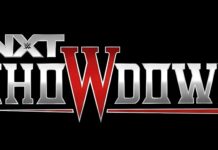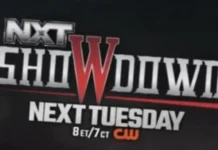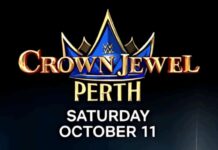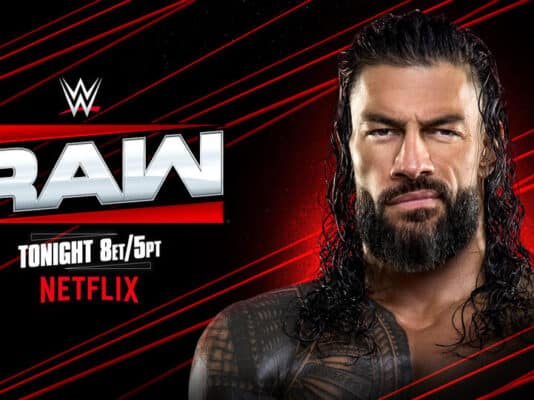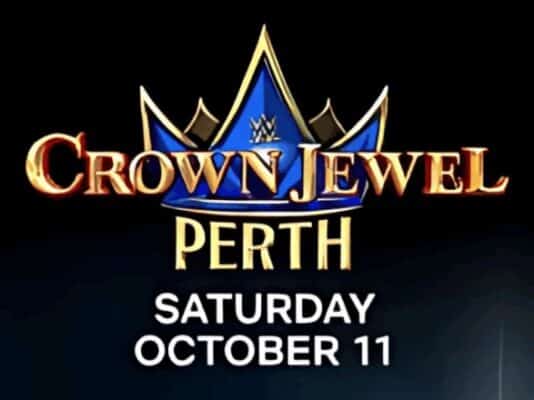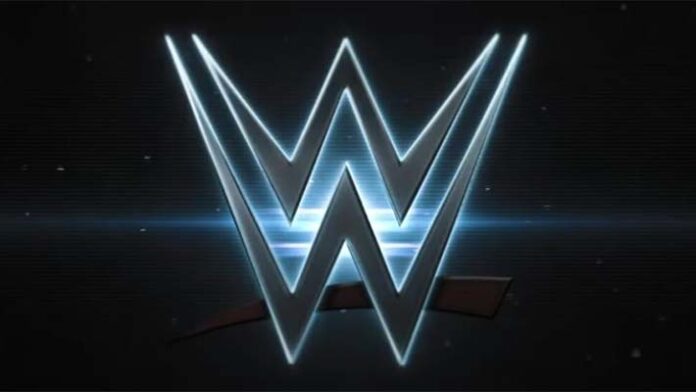
A new excerpt from BEYOND NITRO by Guy Evans offers an inside look at one of the most pivotal business decisions in WWE history: the company’s 2008 transition to a “PG” product. The move, according to former WWE and network executives interviewed for the book, was not only a necessary evolution but also a transformative decision that fundamentally reshaped WWE’s business model, advertising reach, and fan lifecycle.
Former WWE Senior Director of Insights Eric Fleischer explained that while the “Attitude Era” of the late 1990s was a cultural phenomenon, it created a stigma that scared away advertisers. “It never really was a place of comfort for an advertiser looking to sell their product to either a broad audience, or a younger audience [for whom] that edgy content may not have been appropriate,” Fleischer said.
Lisa Fischer, a former USA Network executive, echoed this, revealing that despite strong ratings, advertisers were hesitant to associate with the WWF brand. “Back in the 1990s, [the WWF] was very highly rated on the network, yet limited advertisers wanted to be associated with the program,” she explained, noting that CPM (cost per thousand impressions) figures for the key 18–49 demographic were only in the “mid-single digits.”
WWE’s strategic pivot to a PG rating in July 2008 was designed to change that. The result, according to Fleischer, was immediate and dramatic: partnerships with family-friendly brands like Disney Vacation Club and major automotive companies soon followed. “I don’t think any of those relationships were possible without WWE pushing itself as a PG brand,” he said.
Crucially, internal WWE research conducted in 2004 revealed that the Attitude Era had disrupted the company’s long-standing fan lifecycle. Historically, fans were introduced to wrestling before age eight, often by a family member, drifted away during adolescence, and then returned in adulthood to share the product with their children. However, the more mature tone of the Attitude Era discouraged parents from introducing younger viewers, which created a gap in the fan pipeline.
“When we hit the Attitude Era, people were less likely to introduce that eight-year-old [family member] to the brand,” Fleischer explained. “People weren’t being introduced to it until they got older – around 13 or 14 – and then that was a natural ‘drop out’ point. So when you’d expect them to go back in their late twenties, they didn’t have as much time invested in it.”
The shift to PG programming was intended to restore that cycle and re-establish WWE as a family-friendly brand. “I think the move to the PG era really gave that ‘Gen Xer’ – or maybe a little bit older – the opportunity to now introduce their kids to a product that couldn’t be done during the Attitude Era,” Fleischer said.
The results speak for themselves. With a more advertiser-friendly product, WWE not only increased its sponsorship revenue but also created long-term stability by re-engaging multiple generations of fans. As BEYOND NITRO notes, the company’s revenues reached record highs in the years following the PG transition, proving that the decision — while controversial among some fans — was a resounding success from a business perspective.



